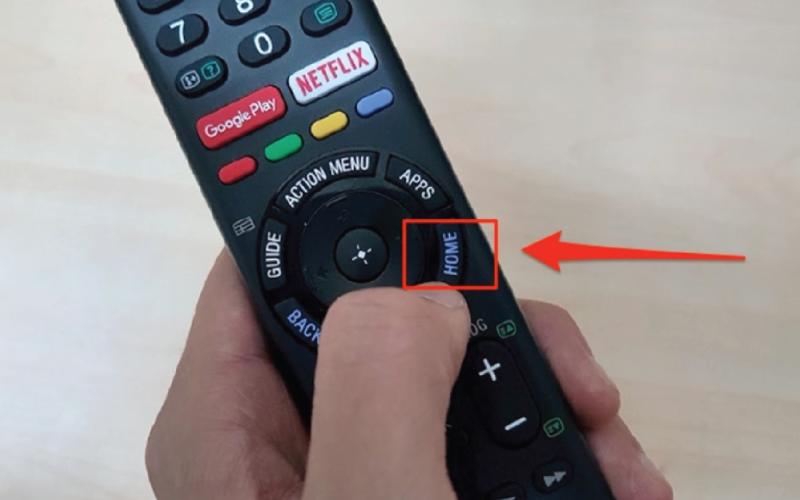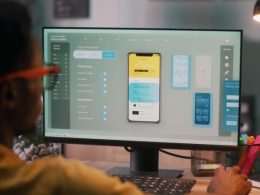Introduction
A factory reset can fix glitches on your RCA TV, but it’s not without dangers. When you perform a factory reset on an RCA TV, the process restores your set to its original settings. This action wipes out custom channels, apps, and saved preferences. While resets often solve software bugs, they can also trigger unexpected problems. In this article, we’ll cover the main RCA TV reset risks, explain why they happen, and share tips to protect your device before you press that reset button.
What Is a Factory Reset?
A factory reset returns your RCA TV to the same state it was in when it left the factory. It erases all user data and settings you added since buying the TV. You can usually find the reset option in the TV’s setup menu under “System” or “Settings.” Once you confirm the reset, the TV restarts and goes through an initial setup, just like the first day you unboxed it. This helps fix issues like frozen apps or display glitches, but it also means you lose everything you customized.
Risk 1: Complete Data Loss
The biggest factory reset risk is data loss. All your saved channels, Wi-Fi passwords, and app logins vanish. If you use streaming apps like Netflix, Hulu, or Disney+, you’ll need to sign in again. Any app settings, like subtitles on or off, also reset. There’s no “undo” option. To protect yourself, write down key settings or take screenshots before resetting. This way, you can restore your preferences quickly after the reset completes.
Risk 2: Loss of Custom Settings
Beyond data, custom display settings disappear too. You lose any picture mode adjustments—brightness, contrast, sharpness, and color temperature. If you spent time calibrating the screen for movies or sports, you’ll have to redo those changes. Audio settings reset as well, so your bass boost or surround sound tweaks will be gone. To minimize frustration, note your preferred values or save them in a list. Many RCA TVs offer picture and sound presets that you can switch back to once the reset finishes.
Risk 3: Potential Software Glitches
Sometimes a factory reset can introduce new software issues instead of fixing old ones. If your TV’s firmware is outdated, a reset may revert it to an earlier version. This can bring back bugs that newer updates had fixed. Other times, the reset process can stall or fail, leaving the TV stuck on a loading screen. To reduce this risk, update your TV’s firmware to the latest version before you reset. Download the update via USB or over-the-air so the reset starts from a stable software base.
Risk 4: Bricking the TV
In rare cases, a factory reset can brick your RCA TV—making it unresponsive and unusable. This happens if power is lost during the reset or corruption occurs in critical system files. Once bricked, the TV might not turn on, or it may display only a blank screen. To avoid this worst-case scenario, ensure your TV has constant power throughout the reset. If possible, use a surge protector to guard against power spikes. Never unplug the TV until the reset and restart process fully completes.
Risk 5: Voided Warranty or Support Issues
Performing a factory reset at home is usually safe under warranty, but combining it with unofficial firmware or unsupported tweaks can void your coverage. If you install custom firmware or hack into service menus and then reset, RCA may decline support calls. To keep your warranty intact, stick to official updates and factory settings. If you need advanced troubleshooting, contact RCA customer support before attempting a reset. They may offer a guided reset or remote service that protects your warranty.
Risk 6: Reconfiguration Time and Effort
A factory reset might solve one problem, but it creates a new task: setting the TV back up. You may need 20–30 minutes to reconnect to Wi-Fi, re-add streaming apps, and tweak picture and sound. If multiple family members use the TV, they’ll also need to re-link their accounts. This lost time can feel painful, especially if you reset spur of the moment. To save time, plan your reset during off-hours and gather all necessary login details and accessory cables beforehand.
Risk 7: Network and App Authentication Issues
Some streaming services use two-factor authentication (2FA) or device codes. After a reset, you might need to re-enter not just your username and password but also a code sent to your phone or email. If you no longer have access to that email address or phone number, logging back in can become a headache. Before resetting, verify that you can receive 2FA codes on your current devices. Consider temporarily disabling 2FA on non-critical accounts or updating them with a backup method to ensure smooth re-login.
Risk 8: Impact on Connected Devices
A factory reset affects all devices linked to your RCA TV. Bluetooth speakers, game consoles, and soundbars will forget the TV pairing. HDMI-CEC settings, which let you control multiple devices with one remote, also reset. You’ll need to pair devices again and tweak settings like volume sync. If your TV is part of a smart home ecosystem, you may also need to re-add it to apps like Google Home or Amazon Alexa. To streamline reconnection, list all linked devices and gather their remotes and pairing codes before starting.
Conclusion
Performing a factory reset on an RCA TV can fix stubborn glitches and restore performance, but it comes with real factory reset risks. You face complete data and setting loss, potential software glitches, and in rare cases, a bricked TV. Your warranty might be at risk if you’ve modified firmware, and you’ll need time to reconfigure apps, devices, and network access. Before you reset, update your firmware, back up your settings, and ensure constant power during the process. By planning ahead and gathering login details, you can minimize downtime and quickly bring your RCA TV back to life. Always weigh the benefits against the risks to decide if a factory reset is the right move.












